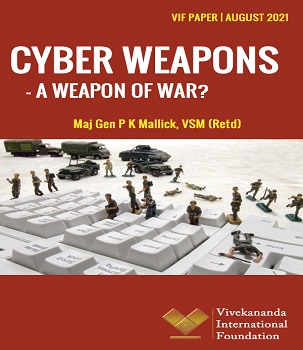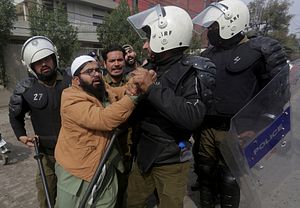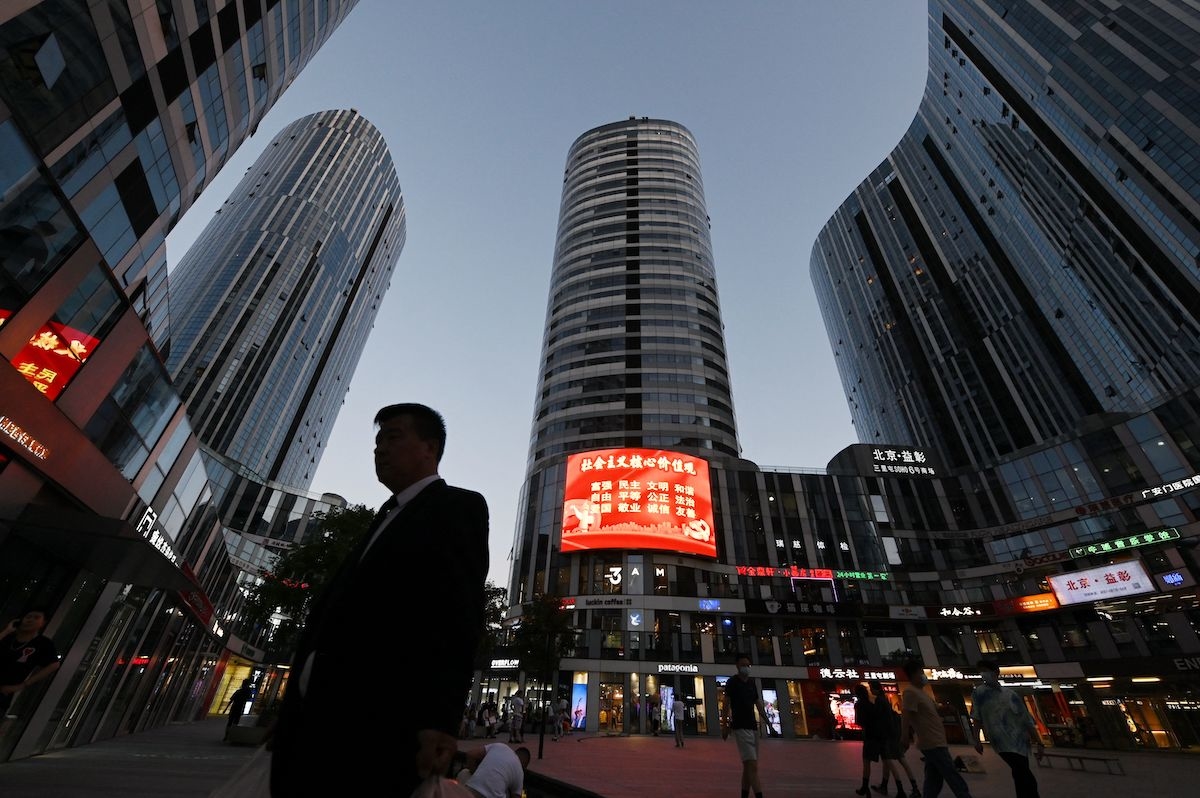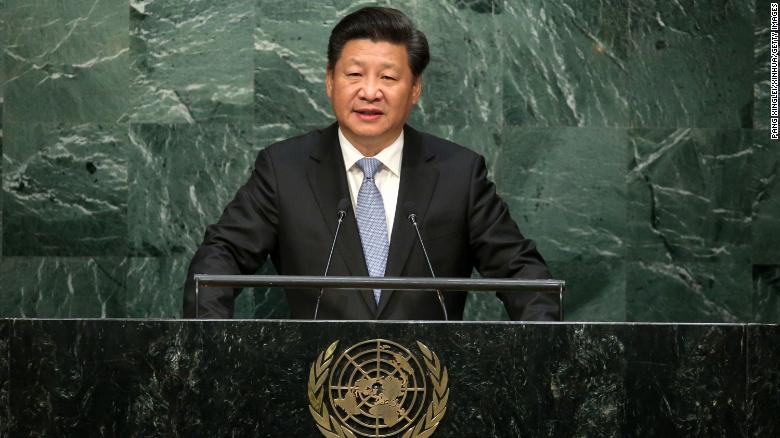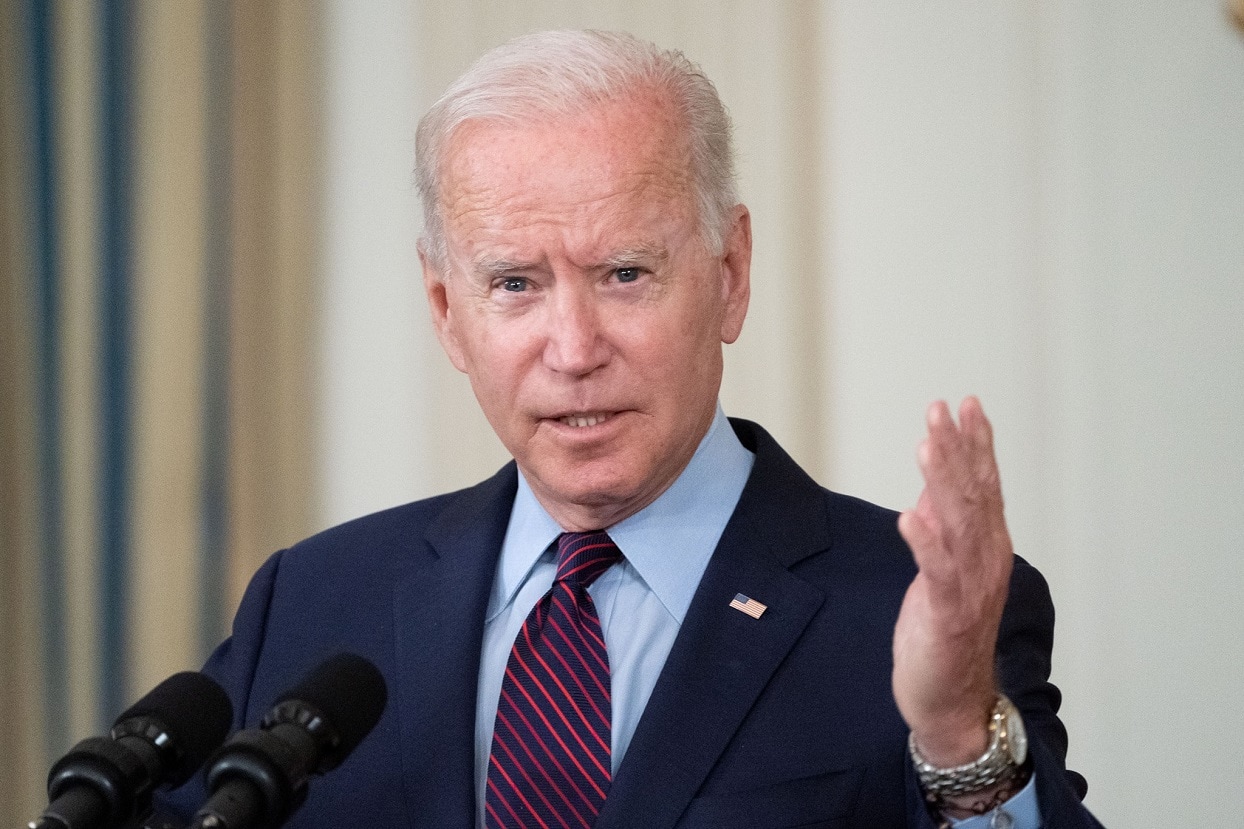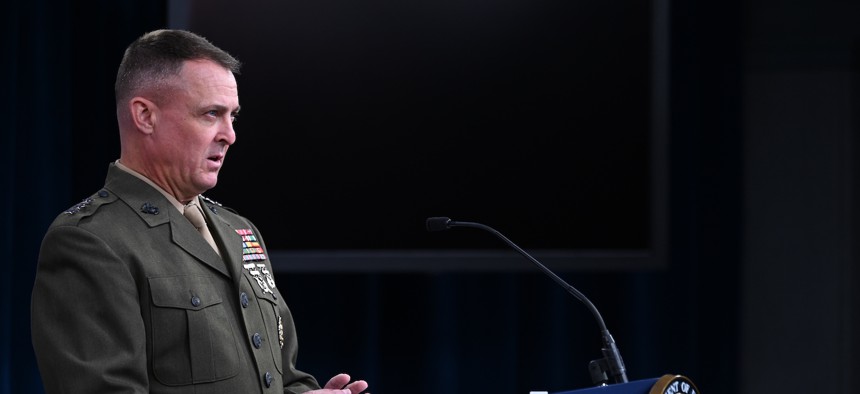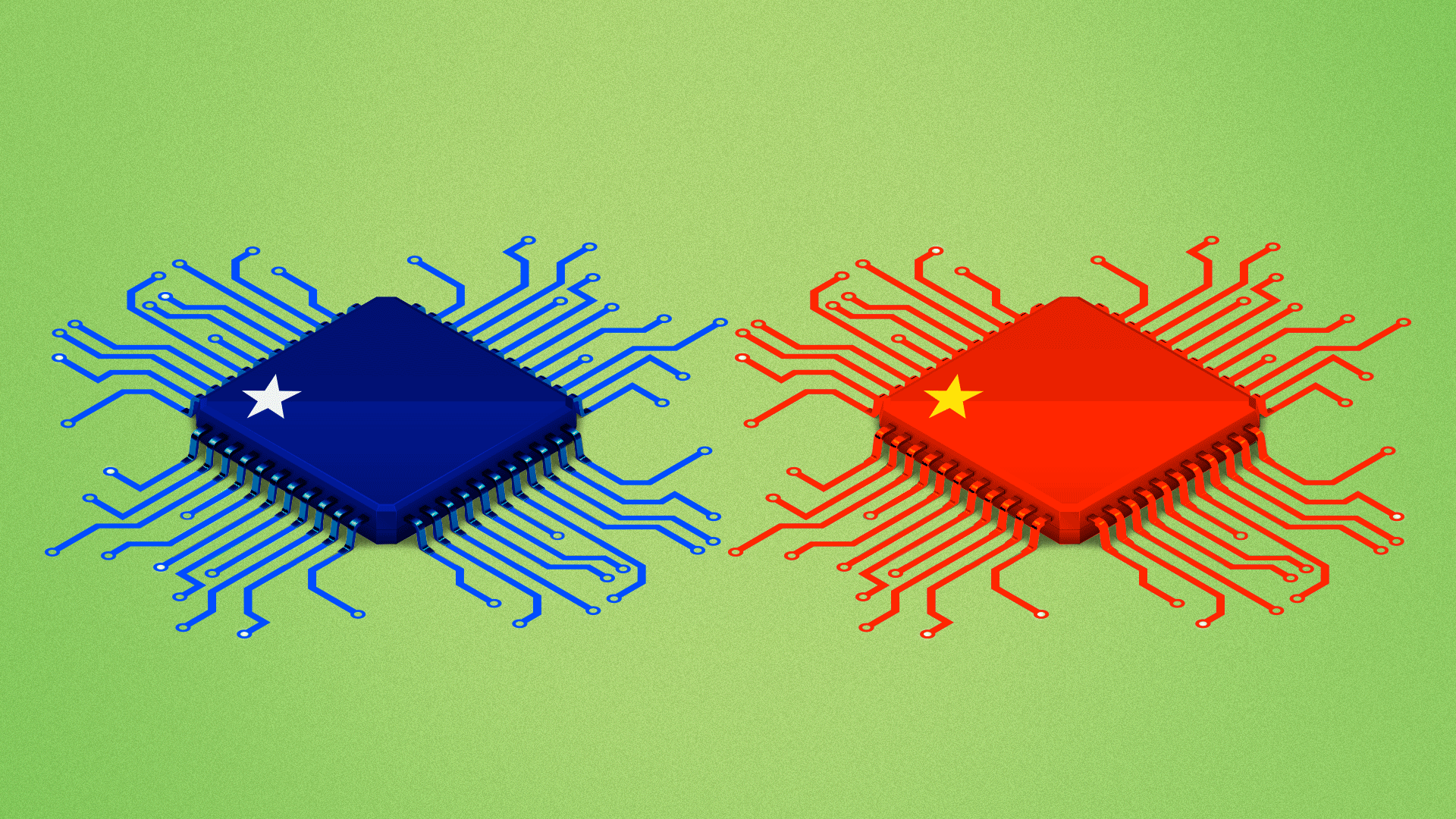Zachery Tyson Brown and Kathleen J. McInnis
The Pentagon is a curious place. It is the heart of a colossal machinery of war and security, a $700 billion-plus behemoth. You might expect, then, that the headquarters of the U.S. Defense Department would be cutting-edge itself, staffed with world-class talent making split-second decisions while working on futuristic projects all to protect the nation. Kind of like Apple, but with lasers.
As anyone who has walked the Pentagon’s musty corridors—or struggled with its paperwork—knows, though, the reality is very different. It is as if former Defense Secretary Robert McNamara’s Pentagon had been preserved in aspic when he resigned way back in 1968, leaving behind a living museum to the workplace culture and administrative processes of the Mad Men era. And while much has changed in the intervening half-century, much has stayed exactly the same.
The department remains rigidly hierarchical, in sharp contrast to modern organizations that have long embraced flatter organizational structures that facilitate faster—and often, better—decisions. It remains obsessed with protocol, where modern organizations have become not only more casual but more diverse, inclusive, and dynamic—all of which facilitates creativity instead of dampening it. It remains burdened by the strict adherence to slow, sequential processes, while more contemporary workplaces have learned that parallel, simultaneous, and asynchronous methods dramatically speed their delivery of value.
 The Deterrence Theory was developed in the 1950s, mainly to address new strategic challenges posed by nuclear weapons from the Cold War nuclear scenario. During the Cold War, the U.S. and the Soviet Union adopted a survivable nuclear force to present a ‘credible’ deterrent that maintained the ‘uncertainty’ inherent in a strategic balance as understood through the accepted theories of major theorists like Bernard Brodie, Herman Kahn, and Thomas Schelling.1 Nuclear deterrence was the art of convincing the enemy not to take a specific action by threatening it with an extreme punishment or an unacceptable failure.
The Deterrence Theory was developed in the 1950s, mainly to address new strategic challenges posed by nuclear weapons from the Cold War nuclear scenario. During the Cold War, the U.S. and the Soviet Union adopted a survivable nuclear force to present a ‘credible’ deterrent that maintained the ‘uncertainty’ inherent in a strategic balance as understood through the accepted theories of major theorists like Bernard Brodie, Herman Kahn, and Thomas Schelling.1 Nuclear deterrence was the art of convincing the enemy not to take a specific action by threatening it with an extreme punishment or an unacceptable failure.